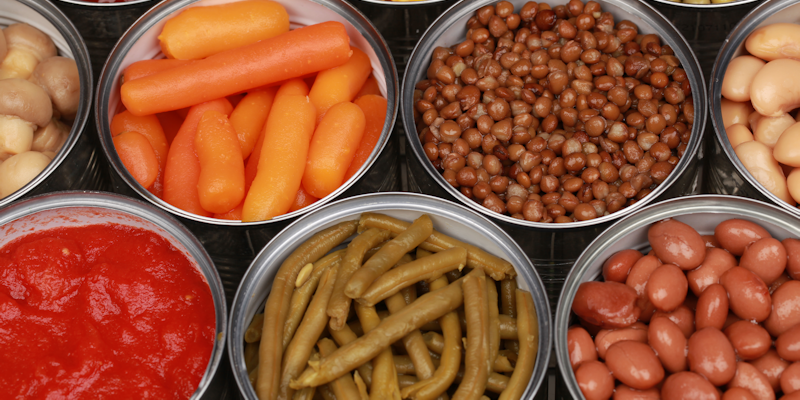FDA Approves Use of BPA in Food Packaging
Despite pressure from consumer groups to prohibit the use of bisphenol A (BPA) in food and beverage containers, the Food and Drug Administration (FDA) has announced that for now, it will allow BPA to remain in food packaging. However, the FDA did state that this decision was not a final determination regarding the safety of BPA, and it will continue to examine the ongoing research of BPA’s effects on health.
BPA has been detected in the urine of more than 90% of the U.S. population. It has been found to imitate the female hormone estrogen, and has been associated with various health problems, including cancer, reproductive problems, heart disease, and fetal brain development.
BPA is a synthetic chemical used in the linings of food and beverage cans, including beer, soda, vegetable, and soup cans; children’s products, including baby bottles, “sippy cups,” and infant formula containers; and in other products such as plastic water bottles. According to researchers, BPA leaches from packaging containers into the food and beverages contained in these containers, and then into our system.
This recent decision comes as a result of a petition filed by the National Resources Defense Council (NRDC) with the FDA in 2008. This petition requested that the FDA ban the use of BPA in food packaging. However, the FDA, which is legally mandated to respond to written petitions within 180 days, ignored the petition, which prompted the NRDC to file a suit, thus requiring the FDA to respond.
A member of Congress has also placed pressure on the FDA to disallow BPA in packaging products. Congressman Edward J. Markey (D-Mass.) had previously submitted three petitions to the FDA requesting that the agency permanently remove regulatory approval for the use of BPA in infant formula and baby and toddler food packaging, small reusable household food and beverage containers, and canned food packaging. Leading up to these petitions, Rep. Markey’s office surveyed major manufacturers of these types of products, and several of these manufacturers stated that they had either stopped using BPA or are phasing out the use of BPA in its packaging.
Campbell Soup Company recently announced that it is making plans to phase out the use of BPA in its canned linings, despite a company spokesperson stating that they feel confident in the safety of its products.
Other companies have decided to bypass plastic and canned packaging altogether, and instead are using paper boxes for its food and beverage packaging. icebox Water in a Box sells its water in 100% recyclable, biodegradable, 97% pressed paper packaging, as compared to the typical plastic water container. Not only is the paper packaging free of BPA, but the drinking spout is made of non-leaching BPA-free polyethylene. icebox Water in a Box claims that its 16.9 fl.oz (500 ml) container replaces 22,500 PET (polyethylene terephthalate – a plastic resin and a form of polyester) bottles, removes 1,228 lbs. of plastic from the manufacturing process, saves 315,000 liters of water from industrial contamination, saves 415 gallons of oil, and saves 348 kilowatt hours of energy.
Note that in January, 2010, officials at the FDA stated that they had “some concern” about the safety of BPA, particularly for infants and young children. In 2011, the FDA announced plans to ban BPA in baby bottles and children’s sippy cups as a result of a petition from the American Chemistry County.
In recent years, Canada, France, and Denmark have declared BPA to be a toxin and have banned it from baby bottles.


Many thanks a great deal for the article article.